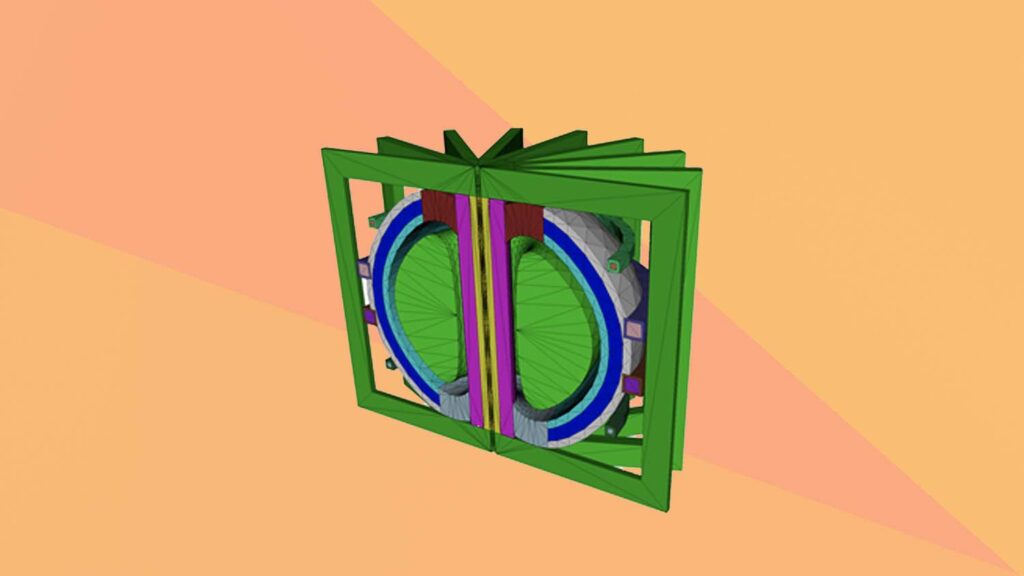Coreform Cubit 2024.3 has built on its existing neutronics workflows to allow nuclear engineering calculations directly onto CAD geometry or on a simulation mesh instead of reconstructing the design in constructive solid geometry (CSG).
CSG has traditionally been the required geometry for neutronics in leading codes such as MCNP or OpenMC, and is a timeconsuming process.
With the recent increase in investment for both nuclear fusion and fission companies, both sectors require more efficient and robust workflows to help develop and test reactor designs – typically favouring neutronics.
The Coreform Cubit neutronics workflow is based on the DAGMC workflow developed by Dr. Paul Wilson’s team at the University of Wisconsin.
The Coreform Cubit 2024.3 release includes other significant improvements for nuclear energy users. These include improved machine learning geometry preparation, support for Windows 11, and a greatly improved Python interface.
Cubit now also includes a reported 2-10x speed improvements in the imprint and merge workflow, one of the most-used features in Coreform Cubit. The new release also includes significant speed and documentation improvements for enhanced ease of use and a more straightforward user experience.
“Our team has worked hard to provide neutronics on CAD for the nuclear energy community, and we are pleased to introduce these improvements to that historic milestone,” said Corefirm CEO Michael A. Scott. “Coreform is committed to further innovation on behalf of clean nuclear energy.”
“The DAGMC integration has already significantly improved neutronics simulation workflows for OpenMC and MCNP users,” added Coreform chief strategy officer Matthew Sederberg. “These enhancements will improve the experience for those users.”






